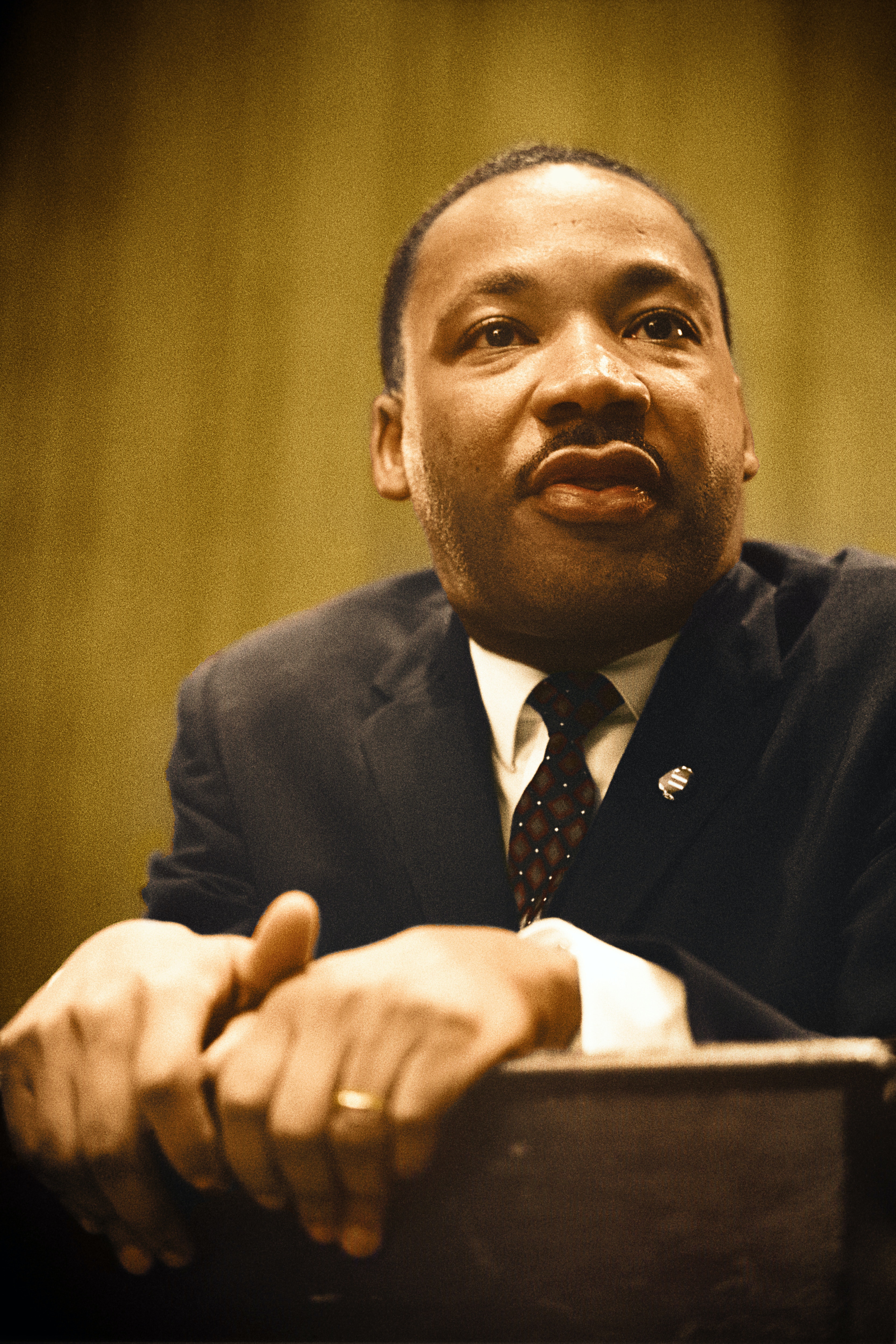Kingian Nonviolence & Conflict Reconciliation
The principles, steps and model for change.
“Now Bernard, the next movement we’re going to have is to institutionalise and internationalise nonviolence.” – Dr Martin Luther King to Dr Bernard Lafayette Jr shortly before his assassination.

Kingian Nonviolence
Kingian Nonviolence is a model of nonviolent conflict reconciliation, influenced by the philosophy & teachings of Dr. Martin Luther King and the organising strategies of the US Civil Rights Movement.
While non-violence is often seen as the passive, non-reaction opposite to violence, Kingian Nonviolence takes a different stance, seeing true nonviolence as the active resistance to systems of harm and injustice.
It focuses on the transformation of conflict, rather than its management.
Bringing value to activists, changemakers & organisations, it offers a wide lens view of conflict and violence, and how we can all be part of its transformation.
The Six Principles
Principle One: Nonviolence is a way of life for courageous people. Nonviolence is not passive non-resistance to injustice. It’s active, vocal and rises to the occasion. Nonviolence can be applied to all areas of our lives, and is a path for the courageous to challenge the social inequities of our culture.
Principle Two: The Beloved Community is the framework of the future. Relationship is the foundation and the glue of social transformation. It is what we must always be striving for. The Beloved Community is one in which all life can flourish, and conflict can be reconciled without violence.
Principle Three: Attack forces of evil, not persons doing evil. Or rather, we look upstream to focus on systems and root causes rather than individual actions or players. To paraphrase an Extinction Rebellion principle, we are all products of a toxic system, and no one individual is to blame.
Principle Four: Accept suffering without retaliation for the sake of the cause to achieve a goal. Embracing suffering is not the same as martyrdom or victimhood. This principle speaks to the importance of sacrifice, and recognising that when we willingly embrace suffering, we can also channel its powers of redemption, moral shame and transformation.
Principle Five: Avoid internal violence of the spirit as well as external physical violence. Nonviolence isn’t just about our external actions, it’s also an embodiment in our thoughts, words and actions. The ways we treat ourselves matter as much as we treat others, and if we’re to end the cycle of violence, we must also end the violence within ourself.
Principle Six: The universe is on the side of justice. That there is an underlying value of nonviolence, aligned with universal principles. The Golden Rule within all the world’s great religions points to compassion, nonviolence and justice. For the nonviolent leader, this principle recognises that nonviolence is both the means and ends, and that we make the path by walking.
The Six Steps of Kingian Nonviolence
Better understood as cycles, rather than checkpoints, the steps of Kingian Nonviolence are not linear, and during a campaign or action may not always go in the order listed.
- Step One: Information Gathering Understanding and determining the facts, the options at hand, and the urgency of change. This is a collective process, informed by a variety of sources, and always those most impacted by injustice.
Step Two: Education Developing strong, honest, articulate leaders who are informed on the issue and options. This could include community conversations, media liaison work, and outreach roles.
Step Three: Personal Commitment This requires the nonviolent leader to examine their internal and external commitment in the action and campaign, including how long change may take. This means assessing the very real risks involved, the ‘why’ for joining, and understanding what can be offered.
Step Four: Negotiation This is where the conflict is ‘formalised’. Negotiation is held with the opponent, with the intention of arriving at a just outcome. If negotiation is not successful, step five – dramatic direct action – is employed.
Step Five: Dramatic Direct Action Nonviolent direct action, or civil disobedience, is the tactic for when negotiations ave failed. This could include protest, sit-ins, strikes, road-blocks, boycotts and more – but all within the framework and principles of nonviolence.
Step Six: Reconciliation The closing step, and often the most missed. When the both sides can come together after the conflict, with joint leadership to carry change. The step that cements the formation of the Beloved Community.
Contact Me
Want to explore coaching or have another question? Just reach out below.
